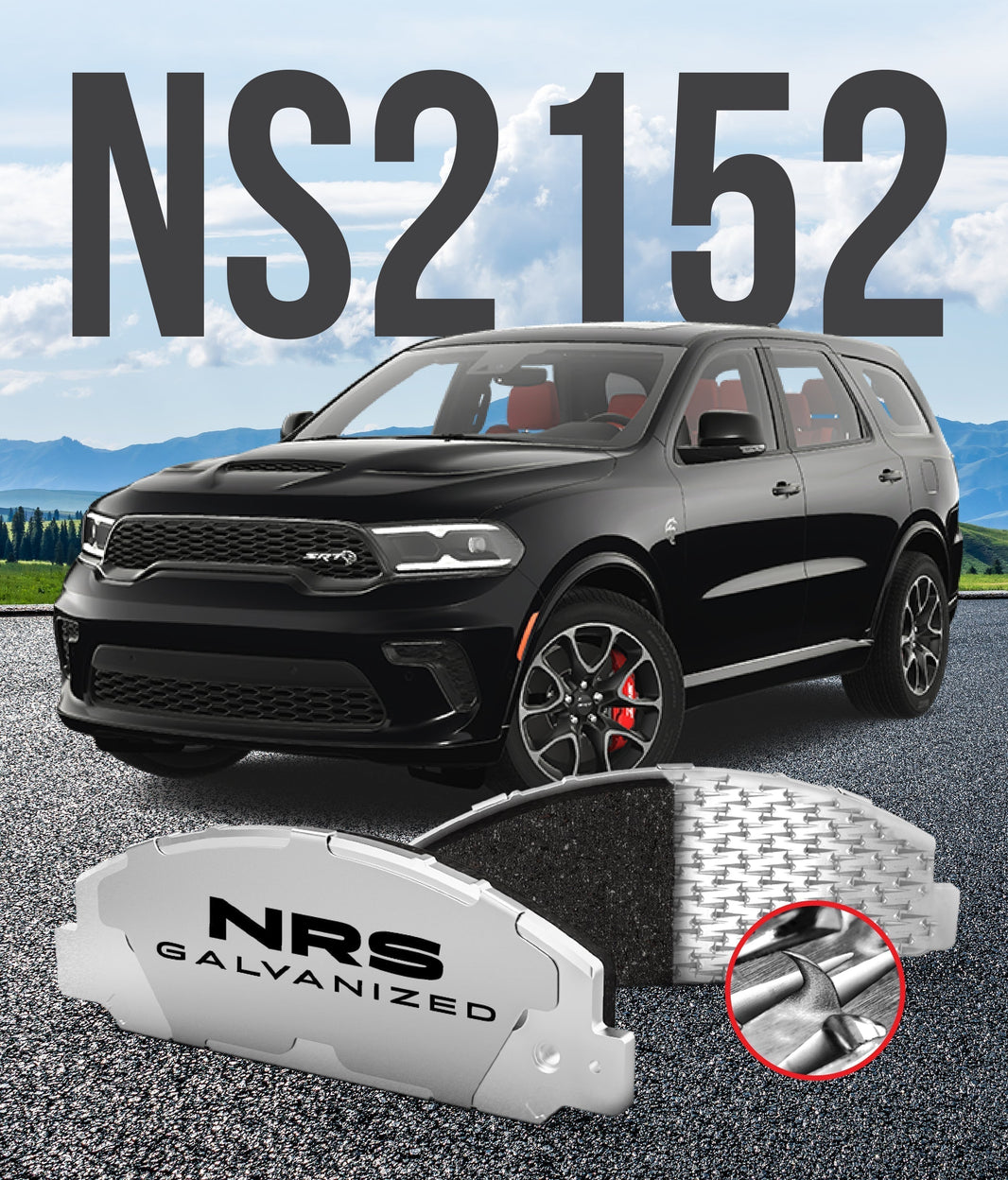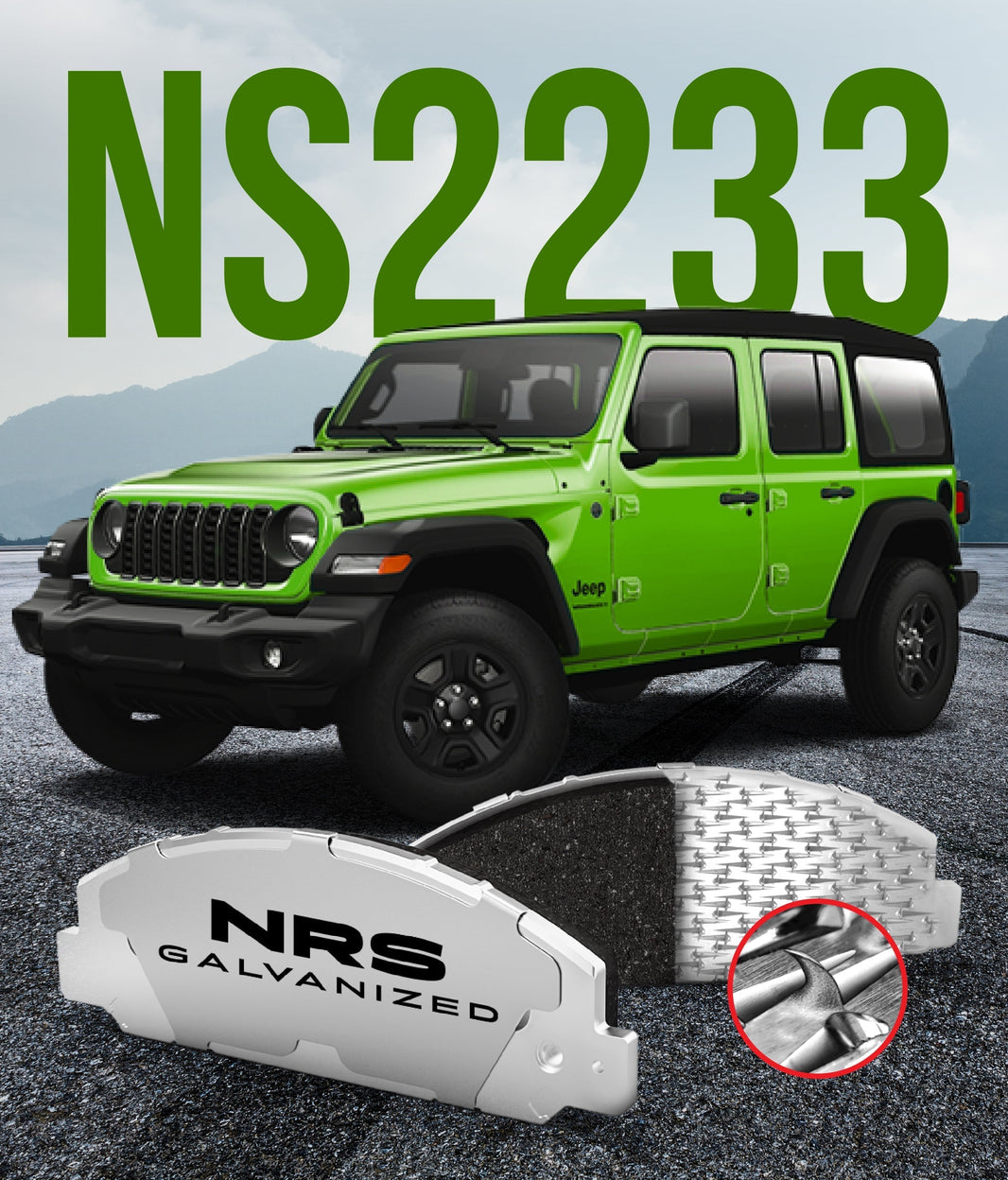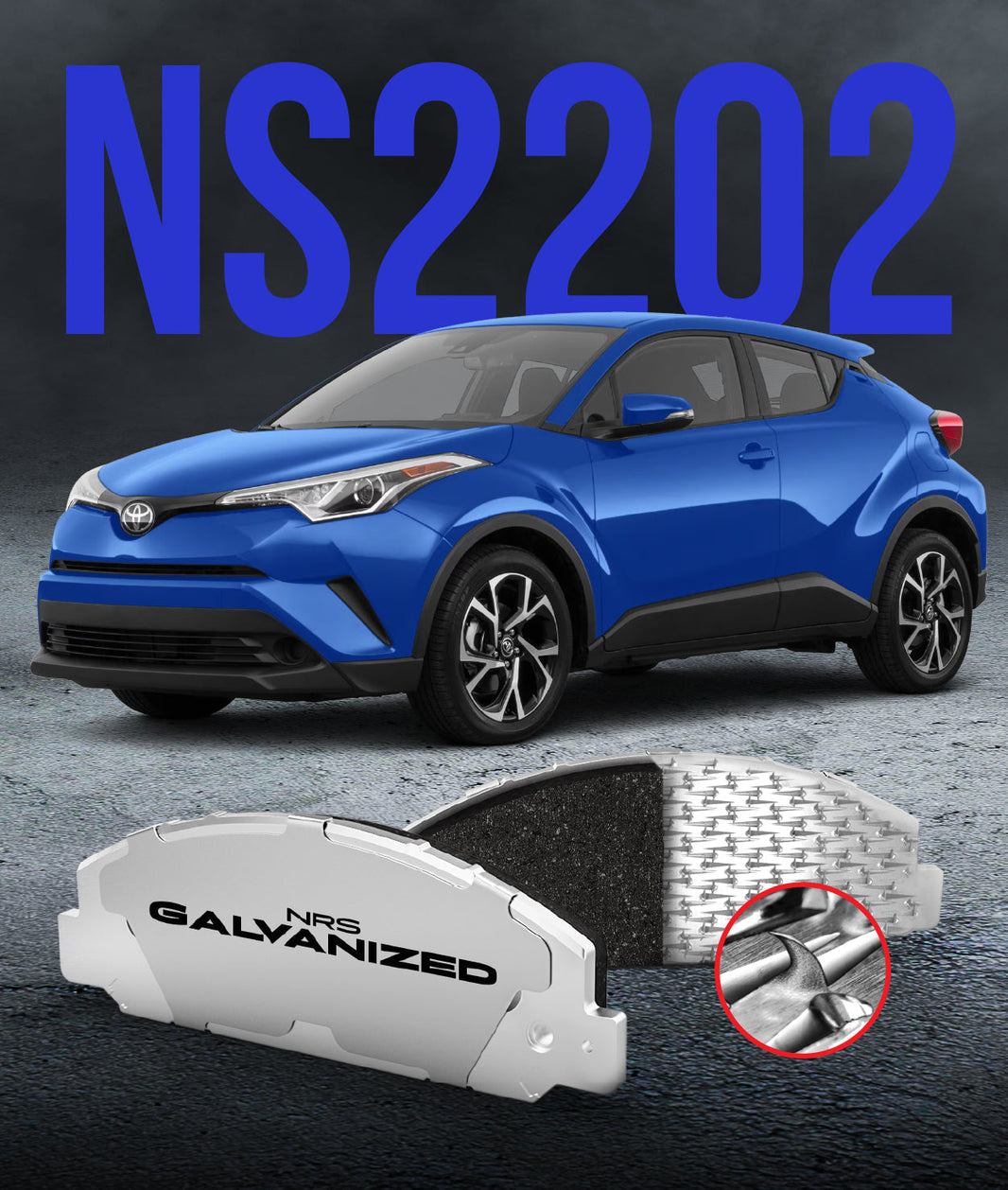 That annoying shudder you feel through the steering wheel when you brake is more than just a nuisance. It is often a tell-tale sign that your brake rotors are warped, and it’s a problem you shouldn’t ignore. But does this mean you’re facing a costly replacement, or is there a way to fix them?
That annoying shudder you feel through the steering wheel when you brake is more than just a nuisance. It is often a tell-tale sign that your brake rotors are warped, and it’s a problem you shouldn’t ignore. But does this mean you’re facing a costly replacement, or is there a way to fix them?
The answer depends on a few key factors, primarily how warped the rotors are and how much metal is left on them. This guide will walk you through the common signs of a warped brake rotor, what causes the problem, and your options for getting back to smooth, safe braking.
What Exactly is a "Warped" Brake Rotor?
First, let’s clear up a common misconception. When we say a rotor is "warped," it hasn’t actually bent like a piece of plastic left in the sun. Instead, the term refers to unevenness in the rotor's thickness, a condition technically known as thickness variation.
Imagine your brake rotor is supposed to be a perfectly flat, smooth disc, like a brand-new vinyl record. A warped rotor has high and low spots on its surface. As the brake pads squeeze this uneven surface, they are forced to move in and out, which you feel as a pulsation or vibration in the brake pedal and steering wheel.
Common Signs of a Warped Brake Rotor
Your car has ways of telling you when something isn't right with the brakes. A warped rotor creates a distinct set of symptoms that are fairly easy to recognize once you know what to look for. Ignoring these can lead to reduced braking performance and further damage to your brake system.
Here are the most common indicators you should pay attention to.
Pulsating Brake Pedal
The most obvious sign is a pulsating or vibrating feeling in the brake pedal when you press it. This happens because the brake caliper pistons are being pushed back and forth as the uneven sections of the rotor pass through the brake pads. The sensation will be most noticeable during moderate to hard braking from higher speeds.
Shaking Steering Wheel or Car
Along with the pedal pulsation, you’ll often feel a vibration or shudder through the steering wheel. In more severe cases, the entire car might shake when you apply the brakes. This vibration is the physical result of the brake pads grabbing and slipping on the rotor's uneven surface.
Grinding or Squealing Noises
While noises can point to many brake issues, a warped rotor can cause a rhythmic grinding or squealing sound. This noise is timed with the rotation of the wheels. The sound is created by the brake pads making inconsistent contact with the distorted rotor surface.
What Causes Brake Rotors to Warp?
Brake rotors live a tough life, converting motion into heat. This intense heat is the primary culprit behind rotor warping. Understanding the causes can help you prevent the problem from happening in the first place.
Here’s a breakdown of the most common reasons why rotors develop thickness variation.
-
Excessive Heat and Improper Cooling: Brakes work by creating friction, which generates a massive amount of heat. Aggressive driving, towing heavy loads, or frequent hard braking in city traffic can overheat the rotors. If these super-hot rotors are then cooled too quickly (for example, by driving through a large puddle), the metal can distort.
-
Improperly Torqued Lug Nuts: When you have your tires changed, it's critical that the lug nuts are tightened to the manufacturer's specified torque and in the correct star pattern. Uneven or overtightened lug nuts can put uneven stress on the rotor and hub assembly. Over time, this stress can cause the rotor to warp.
-
Worn-Out Brake Pads: Driving on completely worn-out pads is a major cause of rotor damage, as the metal backing plate will grind directly against the rotor surface. This process creates intense hot spots that lead to warping. Understanding how to read brake pad wear patterns can help you identify issues before they get this severe.
-
"Pad Imprinting": If you come to a sudden, hard stop and then keep your foot firmly on the brake pedal, the hot brake pad can fuse a thin layer of its friction material onto the rotor. This creates a high spot, which acts just like a warp. This is why it's important to let your brakes cool after a period of hard use.
The Big Question: Repair or Replace?
So, you have the classic signs of a warped brake rotor. What now? Your decision to repair (resurface) or replace the rotors comes down to two simple things: the severity of the warp and the rotor's remaining thickness.
Option 1: Resurfacing the Rotor
Resurfacing, also known as "machining" or "turning," is a process where a small layer of metal is shaved off both sides of the rotor to make it perfectly flat and smooth again. This is done on a special tool called a brake lathe. Resurfacing is a good option if the warping is minor and the rotor is still thick enough.
Every brake rotor has a minimum thickness specification stamped on it. If resurfacing the rotor would take its thickness below this minimum safety level, it cannot be done. A rotor that is too thin cannot handle heat properly and is at risk of cracking or failing completely.
Option 2: Replacing the Rotor
In many modern cars, brake rotors are made to be lighter and are considered more of a disposable component than in the past. As a result, they often don’t have enough extra thickness to be safely resurfaced. If the rotor is already below its minimum thickness, is severely warped, or has hard spots from extreme heat, replacement is the only safe option.
Given the relatively low cost of new rotors and the absolute importance of brake safety, replacement is often the recommended course of action. It guarantees a fresh, perfectly flat surface and ensures your brake system performs as it was designed to. You can find high-quality brake products that will give you confidence in your car's stopping power.
The Final Verdict on Warped Rotors
While it's sometimes possible to fix a warped rotor by resurfacing it, replacement is frequently the safer and more practical solution. The decision should always be based on a professional inspection and measurement of the rotor's thickness. Never take chances with your brakes; smooth, confident stops are essential for your safety on the road.
At NRS Brakes, we are dedicated to producing the safest and most durable brake components on the market. Our premium galvanized brake pads are engineered to prevent corrosion and provide quiet, reliable performance, which helps extend the life of your rotors. When paired with high-quality rotors, we believe our products are the Best Brake Pads you can install on your vehicle.
Have you ever experienced the classic steering wheel shudder from a warped rotor, and what did you end up doing about it?




